
1936-2009
She was born in Kentucky but raised in Greenwich Village, where she acquired her taste for folk music. In her early career, she worked as back-up singer for various folk groups, including the Song Swappers, with folk legend Pete Seeger (he lived in her parents' building). She recorded an album with Seeger, and appeared at Carnegie Hall with him as well. She made an unlikely Broadway appearance as part of a folk  troop in The Next President, starring Mort Sahl, in 1958. By 1961, Travers had joined with Peter Yarrow and Noel Paul Stookey, and her career took off.
troop in The Next President, starring Mort Sahl, in 1958. By 1961, Travers had joined with Peter Yarrow and Noel Paul Stookey, and her career took off.
 troop in The Next President, starring Mort Sahl, in 1958. By 1961, Travers had joined with Peter Yarrow and Noel Paul Stookey, and her career took off.
troop in The Next President, starring Mort Sahl, in 1958. By 1961, Travers had joined with Peter Yarrow and Noel Paul Stookey, and her career took off.Peter, Paul, and Mary provided numerous folk hits throughout the 60s, and helped launch Bob Dylan's career when they recorded his "Blowin' in the Wind." The song became an anthem for the civil rights movement, a cause in which Travers strongly believed; she marched with Martin Luther King in Selma, and performed during the 1963 March on Washington.
The group's hits included "Lemon Tree," "If I Had a Hammer," and "Puff, the Magic Dragon" (the belief that the latter song is about marijuana has long-since been debunked by the group). Peter, Paul, and Mary continued to record successfully once the folk-rock movement began (a genre which Travers in particular despised). Their hit "I Dig Rock and Roll Music" was a parody of the reigning royalty of folk-rock at the time, The Mamas and the Papas. In 1969, they recorded a song written by John Denver, one which has always held significance in my life. More on that in a mo'.
Once Peter, Paul, and Mary broke up, each striking out on their own, Mary dabbled a bit with acting. Cabaret artist Ken Page tells the story of his young internship with a summer stock group in St. Louis, in a production of South  Pacific starring Mary
Pacific starring Mary  Travers. He admits she was not much of an actress, but the biggest problem was her hair. She was adamant that she would not cut her signature long, straight hair (with bangs); her refusal caused a whole lot of trouble with "I'm Gonna Wash That Man Right Outta My Hair." Her character actually washes her hair during the number, which was logistically impossible with Travers's very long locks. Page remembers that the song became too funny to watch, as Mary plopped a few shampoo suds on the very top of her head and called it a day.
Travers. He admits she was not much of an actress, but the biggest problem was her hair. She was adamant that she would not cut her signature long, straight hair (with bangs); her refusal caused a whole lot of trouble with "I'm Gonna Wash That Man Right Outta My Hair." Her character actually washes her hair during the number, which was logistically impossible with Travers's very long locks. Page remembers that the song became too funny to watch, as Mary plopped a few shampoo suds on the very top of her head and called it a day.
 Pacific starring Mary
Pacific starring Mary  Travers. He admits she was not much of an actress, but the biggest problem was her hair. She was adamant that she would not cut her signature long, straight hair (with bangs); her refusal caused a whole lot of trouble with "I'm Gonna Wash That Man Right Outta My Hair." Her character actually washes her hair during the number, which was logistically impossible with Travers's very long locks. Page remembers that the song became too funny to watch, as Mary plopped a few shampoo suds on the very top of her head and called it a day.
Travers. He admits she was not much of an actress, but the biggest problem was her hair. She was adamant that she would not cut her signature long, straight hair (with bangs); her refusal caused a whole lot of trouble with "I'm Gonna Wash That Man Right Outta My Hair." Her character actually washes her hair during the number, which was logistically impossible with Travers's very long locks. Page remembers that the song became too funny to watch, as Mary plopped a few shampoo suds on the very top of her head and called it a day.Anyway, back to my favorite P,P,& M tune. "Leaving on a Jet Plane" has been recorded countless times, but the Peter, Paul, and Mary version remains my favorite. It was that version which haunted me the spring and summer of 1973, when my family moved from Georgia to California. It was the summer between my junior and senior year in high school, and I was miserable. My Atlanta classmates and I had gone on a European trip at the end of our junior year (in fact, we planned it for at least a year in advance), and during the three weeks I was abroad, my family relocated from East to West. When our group changed planes in New York on the way home, I had to say goodbye to the friends with whom I had grown up, and get on a plane to Los Angeles alone. (This was the moment I met George Carlin; I wrote about that incident here.)
"Leaving on a Jet Plane" was just too perfectly sad and sentimental for me to forget at the time, and the song became one of my all-time favorite pieces of music. There's a swell clip out there of Cass Elliot and John Denver singing it, but because this page is about Mary Travers (and me), please enjoy this one instead. It shows why I think Peter, Paul, and Mary's interpretation of the song remains the best:
Mary Travers died this week after a long battle with leukemia. She was 72.
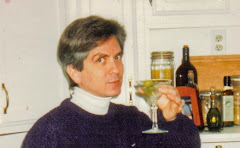
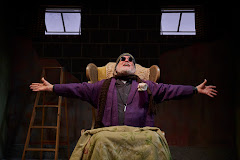





























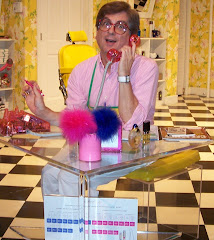

,+Olney+Theatre+Center,+2004.jpg)


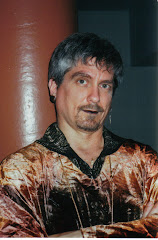
,+Shakespeare+Theatre+Company,.jpg)
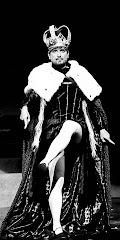

,+Warehouse+Theatre,+1999.jpg)
,+Are.jpg)
,+Everyman+Theatre,2002.jpg)
,+First+Nationa.jpg)
,+Shakespeare+Theatre+Company,.jpg)


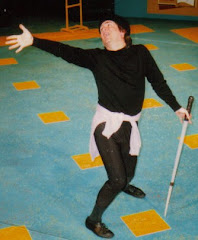
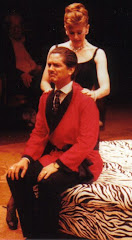
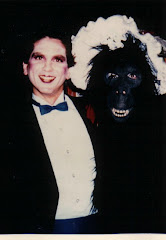
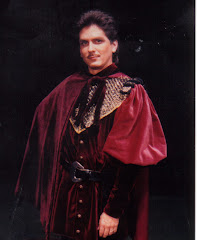
,+Granada+Th.jpg)
,+Globe+Playhouse,.jpg)
,+CSUN,+1976.jpg)
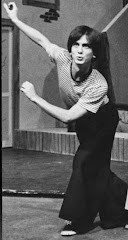


No comments:
Post a Comment